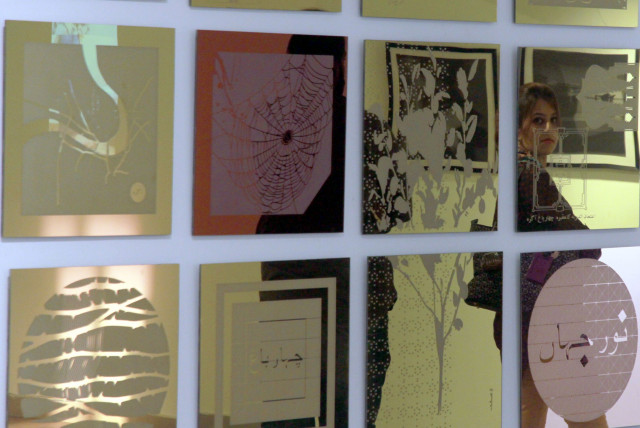
The Narayan Jagannath Vaidya (NJV) High School building was selected as the main site for the Biennale as it stands as an outstanding testament to the forgotten history of the city and becomes a lens to chronicle the nature of the city. By invoking its historical significance through the context of the Biennale, the school and other similar spaces can be immortalised with alternative narratives. It fosters a bond between the citizens of Karachi and the history of its institutions.
In the past, the city’s growth and the realignment of urban symmetries systemically relegated the historic cultural institutions of the city to be martyrs of its volatile past. Architect and heritage consultant Marvi Mazhar spoke about the need for a holistic approach towards the cultural revival of the city and its forgotten institutions. She credited the Biennale for offering a model for sustainable intervention to allow discourse to be centered on important historical sites. According to her, the theme of ‘Witness’ extends not only to the art works part of the Biennale but rather the urban fabric on which they are displayed.
‘I want to bring something other than art to the city’
By hosting events at historically significant sites the government can also be made aware of the importance of preserving such sites. There is a need to foster cultural sentiment towards sites in order to bridge the gap between urban planners, civic society and the public.
In the recent past, art-centric interventions have taken place in the city but never on such a large scale. While Karachi has a burgeoning art scene it also actively alienates a large demographic; it is a self-sustaining organism that caters to a specific audience. The appropriation of art as a communicative tool in the public sphere on such a scale allows for the personal and political manifestos to emerge against the facade of the city and, more importantly, allows for a collective re-imagination of public spaces.
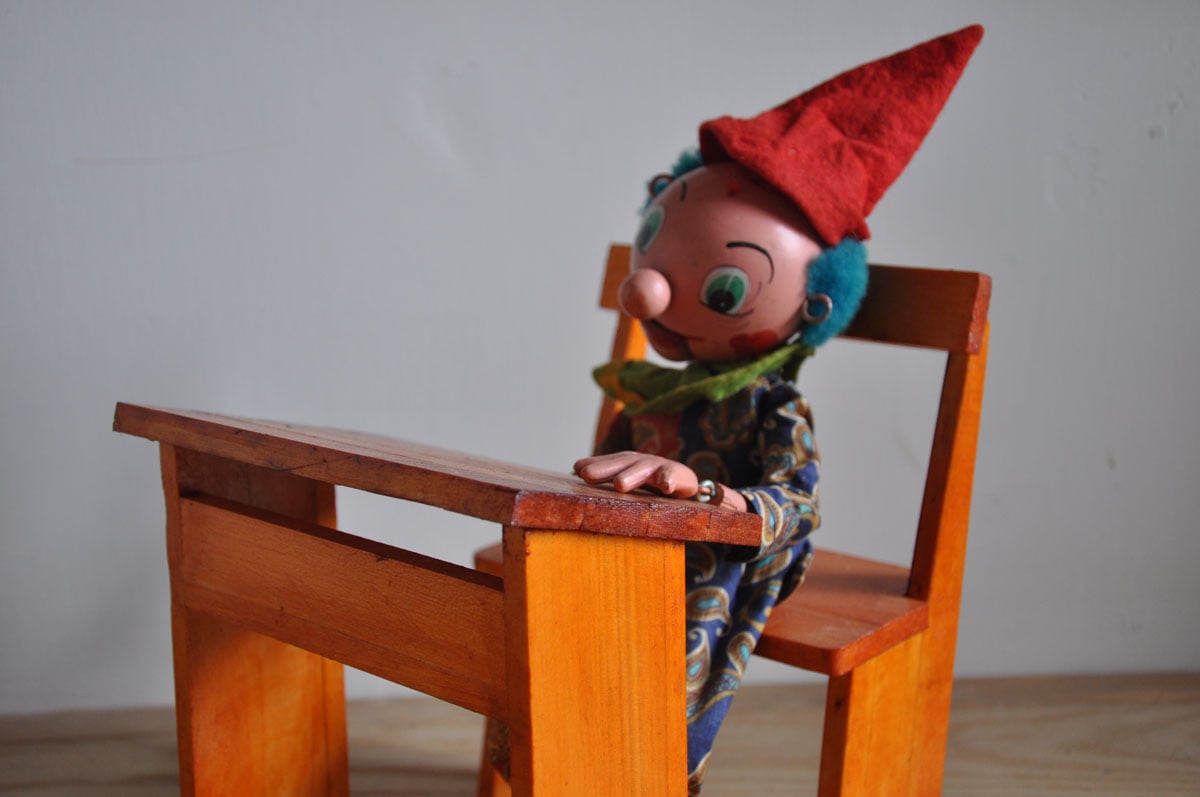 Ayaz Jokio's installation transformed one of the classrooms at the NJV building into a puppet theatre where opening the doors made the children rise in unison through an intricate network of strings. PHOTO: COURTESY KARACHI BIENNALE
Ayaz Jokio's installation transformed one of the classrooms at the NJV building into a puppet theatre where opening the doors made the children rise in unison through an intricate network of strings. PHOTO: COURTESY KARACHI BIENNALESome of the other venues the Biennale is being hosted at are the Jamshed Memorial Hall, formerly known as the Karachi Theosophical Society Hall, 63 Commissariat Lines, a 19th century colonial residential bungalow, Claremont House, another 19th century colonial bungalow recently restored by Mazhar, Frere Hall, The Indus Valley School, which houses the Nusserwanjee Building which was transported from Kharadar brick-by-brick, and Capri Cinema.
The sites are a diverse reminder of the city in its youth and using the sites as a facade to fabricate allows for a moment of elasticity where the existing narratives of the city are invoked to cushion artistic intervention. It renders the historical significance of these sites a canvas to host contemporary narratives, offering recourse in reconciling with the silent treasures hiding within the city.
Between the spaces where sounds and silence reside, we followed the route laid down for us like modern-day pilgrims, crusading through spine of the city. We foraged through the city in search of art and the proverbial self.
Ayaz Jokio's installation transformed one of the classrooms at the NJV building into a puppet theatre where opening the doors made the children rise in unison through an intricate network of strings. The nostalgic reiteration serves as an allusion to the vexing nature of dogma.
Pakistan’s biggest art exhibition begins at NJV High School
Amir Habib's installation 'Already Eaten' recycles the notion of consumption with its black and white recordings saddled atop a taxidermy donkey. The visual command and the play on satire sought refuge in the humble donkey. Momin Zafar's performance ‘Flow’ repurposed the oblique transition of power and visibility.
We found ourselves entangled within the city, tethering on the edge of fiction and friction, and just like Adeela Suleman's kaleidoscopic mirror reflecting the facade of Claremont House, we were left to assemble the fragments only to find a montage of shapes and colours resting on the tapestry of the city, collected and reassembled.
Before we found a moment of coherence we were faced with Althea Thauberger's moment of silent equilibrium in the iconic Capri Hall, where a lone figure stood projected - a figure that lives and breathes in the anatomy of Capri. Disposing of reality to come up with an outcome of another unprecedented reality makes one question the very nature of our role as a witness, as the lines between spectating blurred and somehow we reclined into a role that became a mere caricature of ourselves.
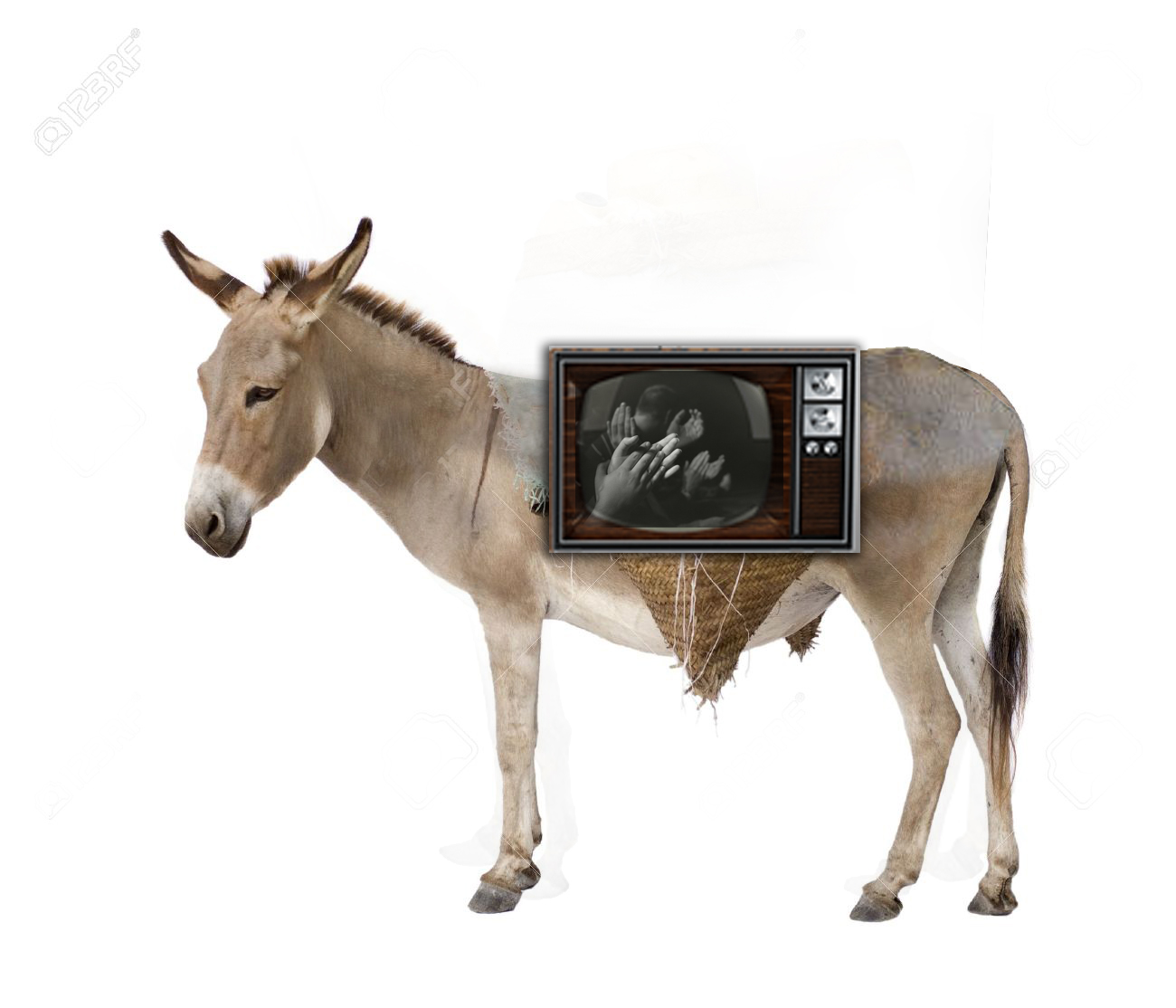 Amir Habib's installation 'Already Eaten' recycles the notion of consumption with its black and white recordings saddled atop a taxidermy donkey. PHOTO: COURTESY KARACHI BIENNALE
Amir Habib's installation 'Already Eaten' recycles the notion of consumption with its black and white recordings saddled atop a taxidermy donkey. PHOTO: COURTESY KARACHI BIENNALELike Mirchi Ali receding and withdrawing from the stage at Jamshed Memorial Hall with its facade latticed with roaches. Like a barefoot Stephan Sheehan peddling his way on a bike wearing a clown nose, we found ourselves in a fictive landscape. Standing on the belly of the pulsating mass, we plummeted into the mouse-hole where Hello-Kitty backpacks sing with prosaic sentiments and gardens are laid out on concrete where one can forage through packets of green Cheetos and neon wire-brushes.
Like Omar Wasim's props from an unrealised play, we sat like hung portraits on the wall; “You, too, seem like a distant memory, fading, shifting, hovering between two dimensions, present and not.”
Much like the patient recourse offered in Ayesha Qurraishi's work; an allegorical rendition of the frames in the sky, where vacancy allows for placid withdrawal.
Perhaps when seeking refuge in narratives the apprehension of such narratives allow for a visceral moment of reconciliation. Waheeda Baloch's performance at Jamshed Memorial Hall illustrates the pervasive nature of erasure; a poignant reminder of the callous institutionalisation of culture.
“At the very least you have to pretend to do it effortlessly, even when it shakes, quivers and spills,” reads an excerpt from Fazal Rizvi's publication Kedegree.
Connecting art and the city: A look at society through an artist's lens
The passive nature of rigorous composure and artful restraint is a parallel to Ali Kazim's installation. The fragile conviction with which Kazim gives form to hair profoundly resonates with the unequivocal tendency of human matter performing under resolute command. Crafted with poise and humility it stretches across the ceiling of IVS Gallery, invoking a moment of silent retribution.
We found ourselves confronting the witness within us. Beyond the masquerading ruffled edges of the city, boisterous, rampant and inexhaustible, we found a sanguine moment of repose. Karachi, the city of fables and fallacies, of composure and erasure, of respiration and undulation. The city of millions of bodies, rippling with sweltering limbs and dancing whims, converged at the Biennale.
The Biennale treasures the city - it bypasses art itself to remind us of the precarious nature of time and the vigor in rediscovery. The Biennale arouses the sentiment in our hearts of having forgotten something for so long that it can be presented as something new.
The cultural implications of the Biennale can only be assessed in retrospect, but it unarguably pays homage to the city and its forgotten institutions despite its seemingly idealistic pursuits. Perhaps in invoking such a reminder the spaces that have been rendered hostile due to mismanaged, urban aspirations can gradually be reclaimed.
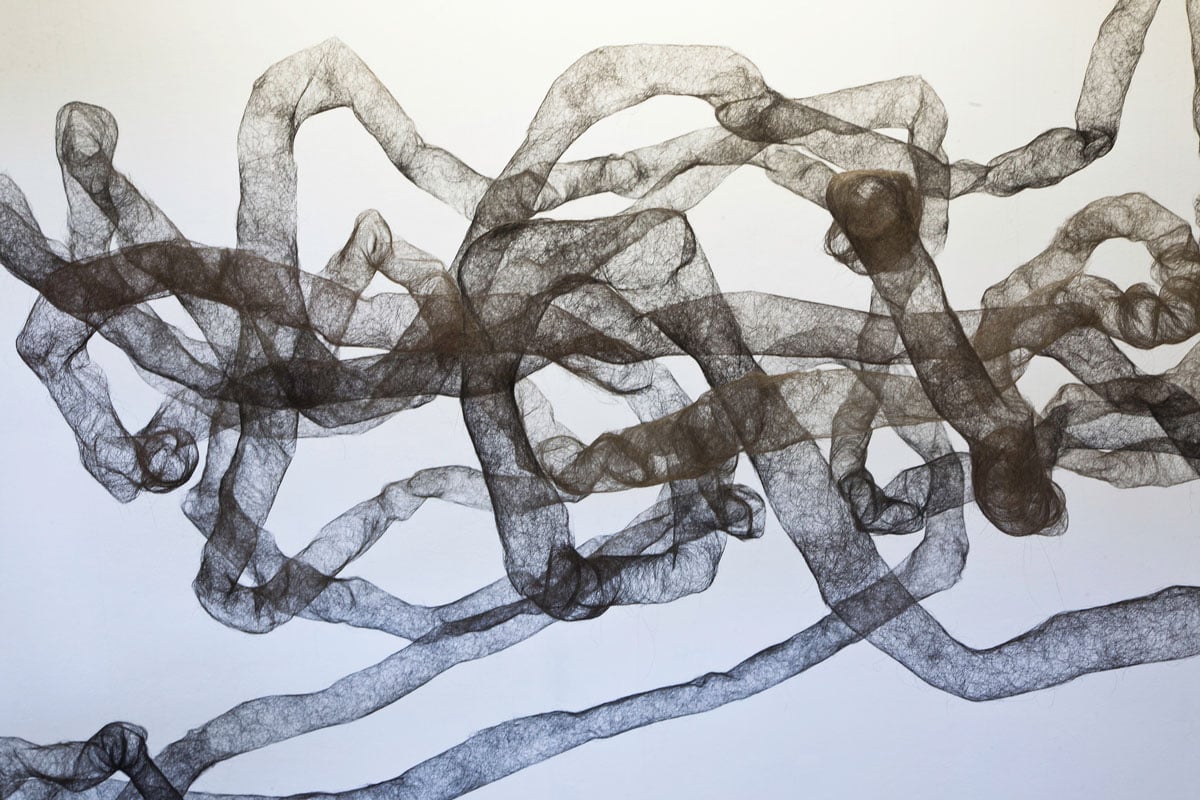 The fragile conviction with which Ali Kazim gives form to hair profoundly resonates with the unequivocal tendency of human matter performing under resolute command. PHOTO: COURTESY KARACHI BIENNALE
The fragile conviction with which Ali Kazim gives form to hair profoundly resonates with the unequivocal tendency of human matter performing under resolute command. PHOTO: COURTESY KARACHI BIENNALEWith persistent efforts over the years, a more inclusive model can be adopted allowing for effective mobilisation among the different layers of society. Through the gradual unfolding of the city and the restructuring of symmetries, the way in which we experience the city can be revisited and allow room to reconcile with the polarised threshold of spectating.

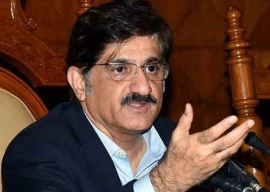
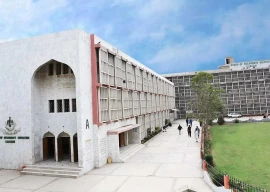















COMMENTS
Comments are moderated and generally will be posted if they are on-topic and not abusive.
For more information, please see our Comments FAQ